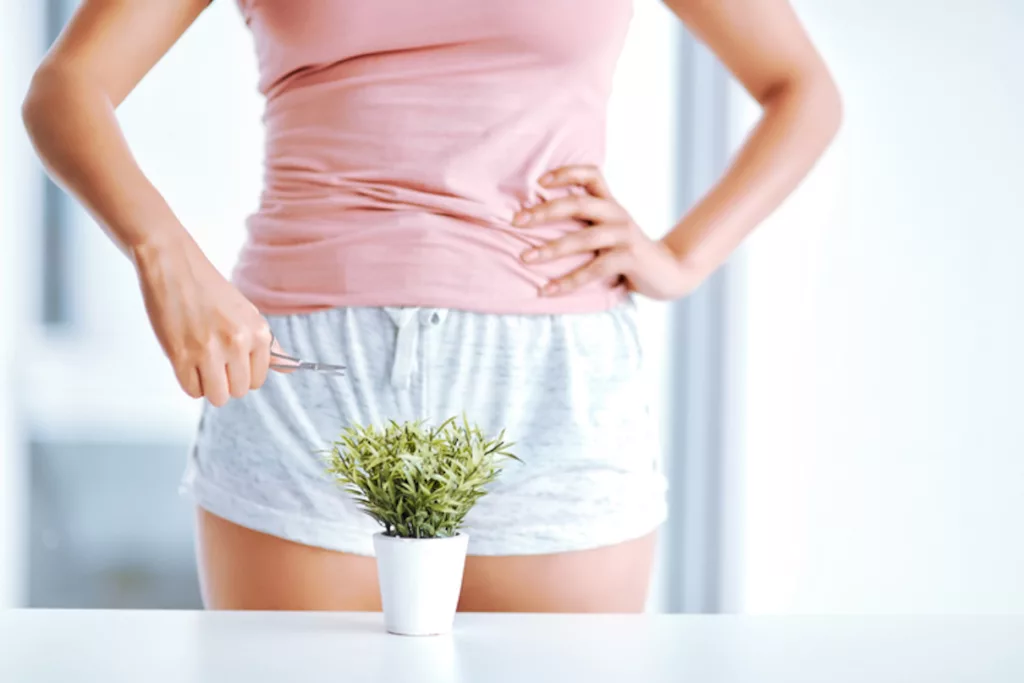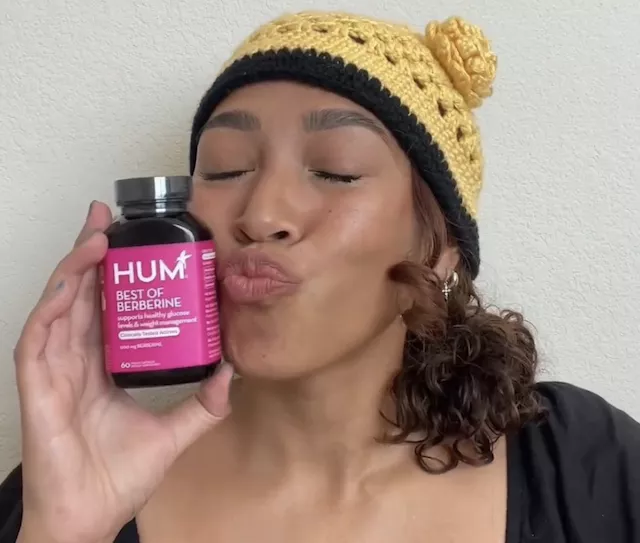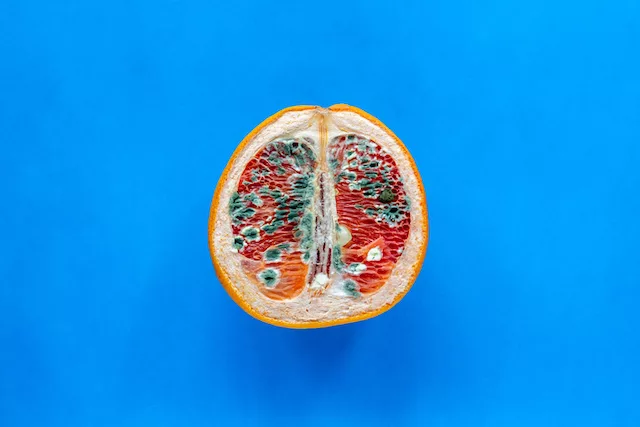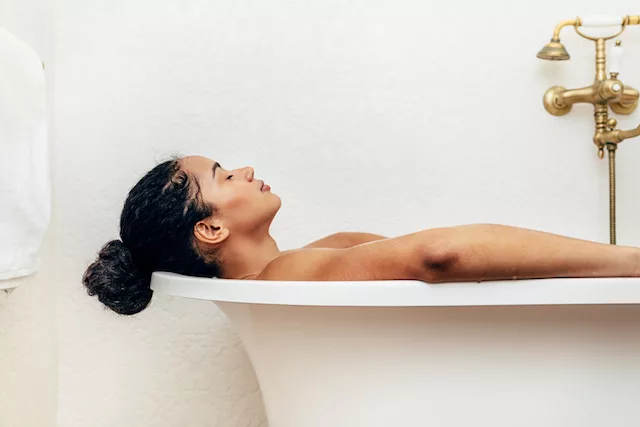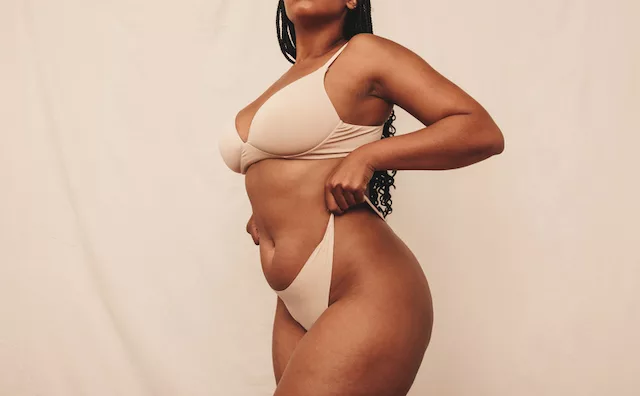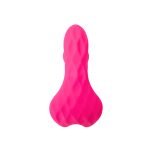Pubic hair, even as a natural part of the female body, often becomes a topic of personal preference, societal norms, and hygienic discussions- especially when it comes to our vaginal health. While some choose to keep it, others prefer to remove it, each decision carrying its own benefits and potential risks. But understanding the role pubic hair plays in vaginal health might have you thinking twice the next time you go to remove it.
What is Pubic Hair, and Why Do We Have It?
Pubic hair refers to the hair that grows in the genital region, typically around the time you hit puberty. The growth of hair is triggered by hormonal changes during adolescence and serves several physiological and protective functions. Our pubic hair’s many roles are crucial in maintaining vaginal health.
Just as lactobacilli helps maintain healthy vaginal pH levels (preventing the growth of bacteria), pubic hair acts as a barrier, also protecting the pubic area from external bacteria and pathogens. As a result, the protective layer of hair helps reduce the risk of infections by preventing harmful microorganisms from entering the vaginal canal. These infections can vary from yeast infections to STIs (sexually transmitted infections) and UTIs (urinary tract infections). HUM’s Private Party provides daily support to your vaginal health, helping you maintain a healthy pH balance and vaginal microbiome. The supplement contains three types of lactobacilli, which support a healthy pH balance, and Cranberry PACs for a healthy urinary tract, both highly effective in decreasing the risk of numerous infections.
Cosmetic Gynecology Physician at Modern Gynecology, Jillian Woodruff, adds that “Pubic hair helps regulate moisture and temperature around the vaginal area, insulating our heat in cold climates and helping with evaporation of sweat in hot climates.”
The hair can absorb other bodily fluids in addition to sweat, maintaining a balance that prevents an overly moist environment, which could otherwise encourage bacterial growth. Pubic hair also connects to the sexual signaling of pheromones by trapping the natural chemicals involved in sexual attraction and arousal, thus playing a role in human reproductive behavior.
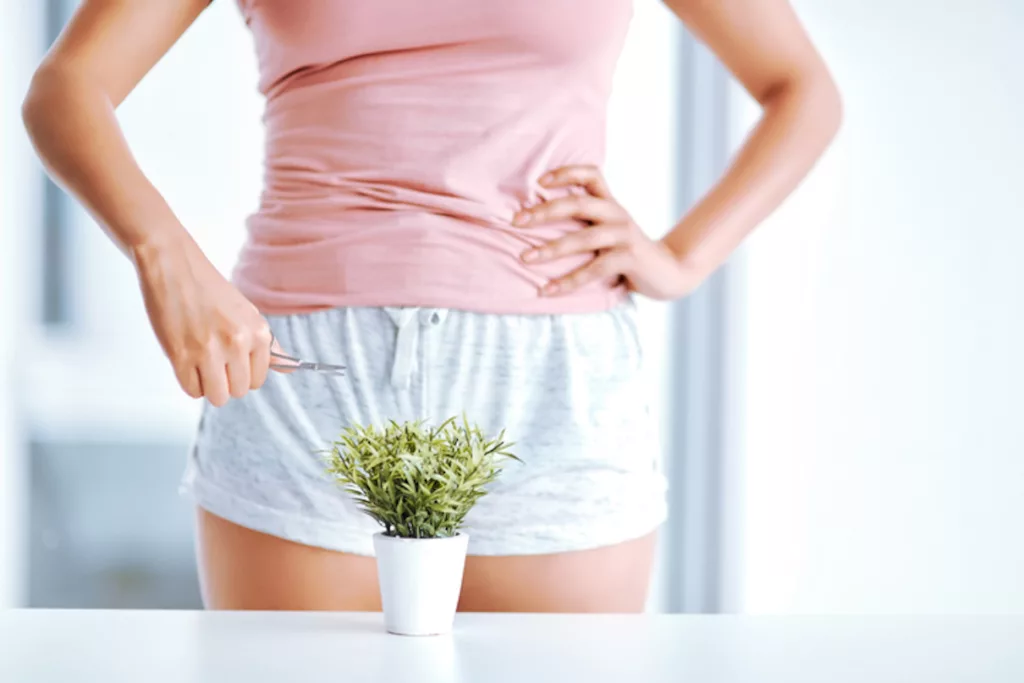
Is it Safe to Remove Pubic Hair?
While removing pubic hair is generally safe when done correctly, it does come with some risks. The process of hair removal, whether through shaving, waxing, or other alternative methods, can often lead to irritation and abrasions. Most are minor injuries, yet can quickly become entry points for bacteria, increasing the risk of infections like folliculitis, a condition where hair follicles become inflamed. For women who do opt for hair removal, Woodruff states, “It’s important to note that many women experience issues with hair removal such as ingrown hairs, painful bumps, increased infections resulting from micro-tears in the skin, along with the risks of not having hair present.”
- Skin Irritation: If you’re prone to skin irritation, you might benefit more by eliminating disposable razors in your routine. Although they are affordable, convenient, and can get the job done quickly, this is one area you don’t want to be careless about. Dry shaving (especially with a dull razor) and shaving in the wrong direction can all cause razor burn, resulting in redness, burning, and itching on and around the pubic area.
- Infection: One of the most common risks associated with pubic hair removal is infection. Skin infections can cause dermatitis or folliculitis and are exceptionally common when using tools contaminated with bacteria (i.e., a razor). Having exposed pores, minor cuts, and less pubic hair to use as protection can all lead to infections, STIs, and hepatitis.
- Burns: There are a few ways that burns can occur as a result of hair removal. Depilatory creams use chemicals that dissolve hair at the skin’s surface and can sometimes cause burns if left on the skin for too long. Hot wax, on the other hand, contains fewer chemicals, but its higher temperature can lead to painful burns and potential skin damage if not used properly.
- Allergic Reaction: Our vaginas are an extremely delicate part of our body, and many hair removal products, like shaving cream, waxes, and depilatory creams, contain various chemicals and fragrances that can trigger allergic reactions on the surface. Symptoms can include a red, itchy rash, swelling, and discomfort. If you have sensitive skin, try to stick to minimal products that are natural and fragrance-free.
- Ingrown Hair: Ingrown hairs are another common issue associated with removing (any) hair on the body and are almost always inflamed. Instead of growing outward like normal hairs, ingrown hairs grow back into the skin, leading to red, painful bumps that can become infected. If you tend to get ingrown hairs, try dry brushing a few times per week. Doing this can help prevent ingrown hairs by exfoliating the skin and removing dirt and dead skin cells so the hairs can grow normally.
Options for Removing Pubic Hair
There are several methods available for removing pubic hair, each holding its strengths and weaknesses.
Trimming
This straightforward and safe method uses scissors or an electric trimmer to reduce pubic hair without removing it entirely. The technique minimizes the risk of irritation, cuts, and ingrown hairs associated with other hair removal methods. It’s also quick, easy, and requires minimal maintenance, making it an ideal option for those new to pubic hair removal or those who prefer to maintain some natural hair for protection.
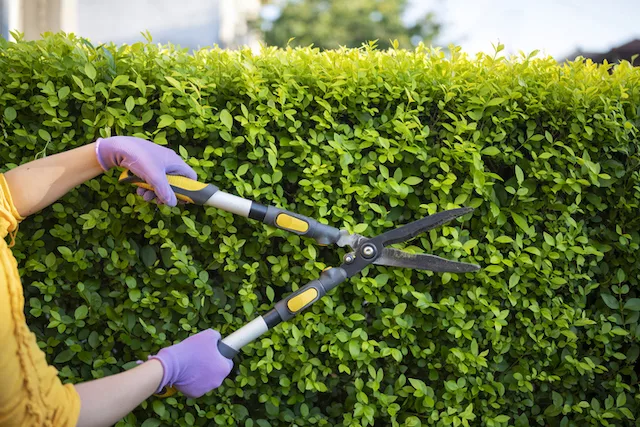

Shaving
Shaving is undoubtedly the most popular method, favored for its convenience and affordability. A razor cuts the hair at the skin’s surface, providing immediate, smooth results. However, it requires frequent upkeep as hair regrows quickly, often within a few days. Also, using disposable blades can lead to razor burn and ingrown hairs, so it’s best to use a sharp razor with four or five blades and change it often to avoid cuts and bacteria transferring to your vaginal area.
Waxing/Sugaring
Waxing and sugaring both provide long-lasting results compared to shaving but can still be painful and may cause skin irritation or burns if not done correctly. The process involves applying the hot wax or sugar mixture to the skin and then quickly removing it, pulling the hair out from the roots. For many, it’s a toss-up as to which actually lasts longer (both last approximately 4 to 6 weeks). However, sugaring is often favored as it’s gentler on the skin. The mixture only adheres to the hair (not the skin) and compared to waxing, sugaring causes less redness, irritation, and ingrown hairs. As a result, these benefits make sugaring an optimal choice for those with sensitive skin.
Laser hair removal
If you’re looking for a more permanent solution, this type of hair removal uses laser technology to target and destroy hair follicles. While effective, it can be costly and typically requires multiple sessions. Additionally, it is important to note that laser hair removal may not be suitable for all skin types.
Depilatory creams
Depilatories or “chemical creams” are creams that are applied to the skin and dissolve hair at the surface after sitting for a few minutes. These creams are not typically recommended for the bikini or genital area because they can cause redness, itching, burning, and other reactions.
Reasons to Remove Pubic Hair
While entirely optional, the number of women who are removing their pubic hair for aesthetic purposes continues to grow each year. A 2013 study revealed that more than 83% of women aged 18 to 65 had removed pubic hair, while 16% had never removed their pubic hair. Women choose to remove pubic hair for various reasons, often influenced by personal preference and cultural norms that we experience today. Many women find that hair removal increases their sense of cleanliness and comfort, especially during menstruation or hot weather when sweat can accumulate.
Sexual preferences also play a role, as some individuals and their partners may prefer the look and feel of a hair-free vagina. Additionally, certain sports and activities, such as swimming or gymnastics, often encourage hair removal for aesthetic reasons or to reduce friction and discomfort.
The Takeaway
Pubic hair serves vital functions for our overall vaginal health, particularly in terms of protection and maintaining healthy pH levels. However, Woodruff adds, “The choice to remove pubic hair is deeply personal and varies widely among women. Some women prefer to remove their pubic hair for personal aesthetic reasons, comfort during physical activities, or their own personal hygiene preferences.” While deciding whether to remove some or all of your hair is personal, being aware of the potential risks can help you make more informed choices that align with your health, comfort, and personal preferences.


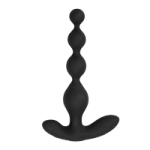 Anal Beads
Anal Beads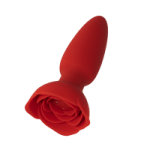 Anal Vibrators
Anal Vibrators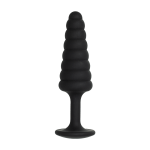 Butt Plugs
Butt Plugs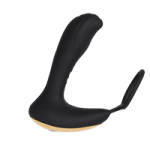 Prostate Massagers
Prostate Massagers
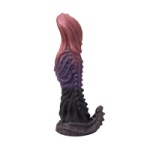 Alien Dildos
Alien Dildos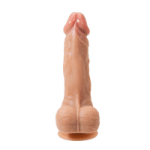 Realistic Dildos
Realistic Dildos
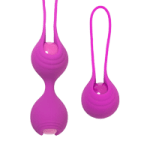 Kegel Exercisers & Balls
Kegel Exercisers & Balls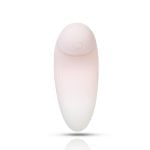 Classic Vibrating Eggs
Classic Vibrating Eggs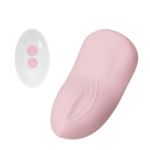 Remote Vibrating Eggs
Remote Vibrating Eggs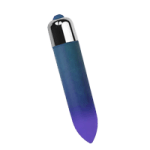 Vibrating Bullets
Vibrating Bullets
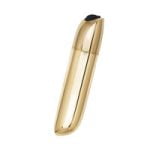 Bullet Vibrators
Bullet Vibrators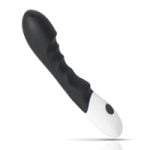 Classic Vibrators
Classic Vibrators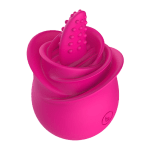 Clitoral Vibrators
Clitoral Vibrators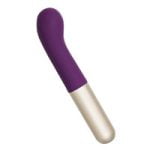 G-Spot Vibrators
G-Spot Vibrators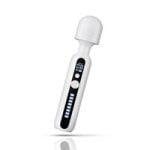 Massage Wand Vibrators
Massage Wand Vibrators Rabbit Vibrators
Rabbit Vibrators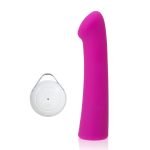 Remote Vibrators
Remote Vibrators
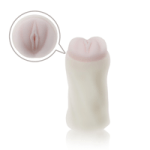 Pocket Stroker & Pussy Masturbators
Pocket Stroker & Pussy Masturbators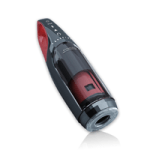 Vibrating Masturbators
Vibrating Masturbators
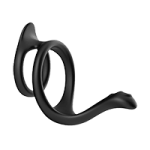 Cock Rings
Cock Rings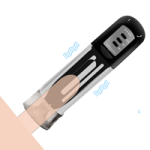 Penis Pumps
Penis Pumps
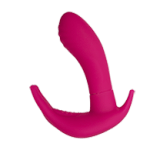 Wearable Vibrators
Wearable Vibrators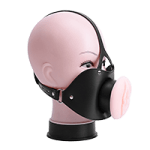 Blindfolds, Masks & Gags
Blindfolds, Masks & Gags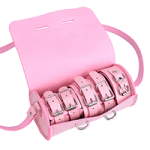 Bondage Kits
Bondage Kits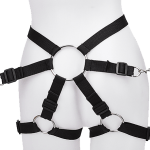 Bondage Wear & Fetish Clothing
Bondage Wear & Fetish Clothing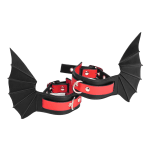 Restraints & Handcuffs
Restraints & Handcuffs Sex Swings
Sex Swings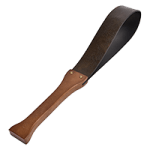 Ticklers, Paddles & Whips
Ticklers, Paddles & Whips






